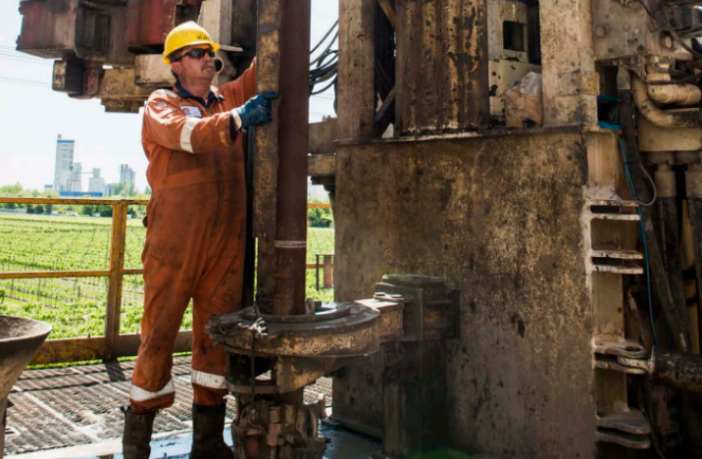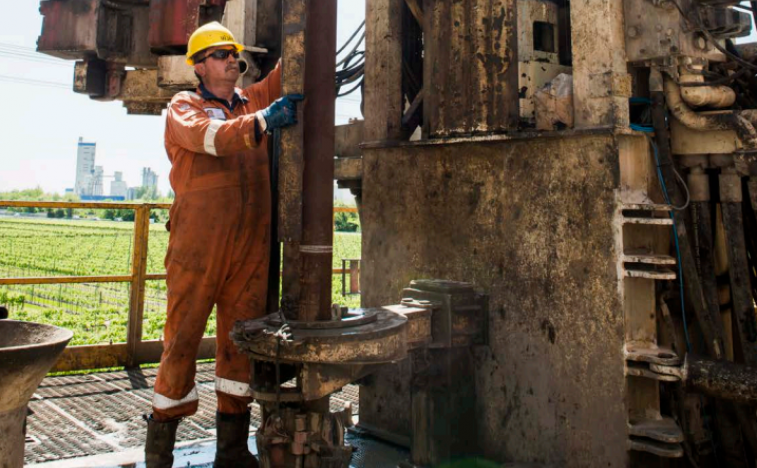Proactive Investors
Ian Lyall
It confirmed Monday it is likely to “revise up” the net pay estimate of sands found under the main TAGI play, which currently stands at 10.5 metres.
The drilling of TE-10 is complete, now we are onto the testing phase.
Sound Energy PLC (LON:SOU) shares gained on Monday as the explorer sketched in some interesting detail drawn from its TE-10 well in the Tendrara area of Morocco.
It confirmed Monday it is likely to “revise up” the net pay estimate of sands found under the main TAGI play, which currently stands at 10.5 metres. This follows a closer analysis of this gas-bearing horizon.
READ: Sound Energy shares soar on latest Tendrara well success
At the same time Sound said its testing programme for TE-10 will include well stimulation, with the kit required already on its way from Libya and Tunisia.
The first stage of the testing programme will begin early next month, assessing a cross-section from 1,899 metres measured depth to 2,070 metres.
Sound’s contractors will conduct a series of flow tests at multiple intervals “to establish the presence of deepest moveable gas, and reduce the range of uncertainty on gas resource volumes”.
The plan, once the stimulation equipment has arrived, is to mechanically stimulate the most prospective reservoir zones in a series of production flow tests. This is expected to take at least a month.
The company said that based on the current assessment of the reservoir section, a flow rate of 1.5-2mln standard cubic feet of gas per day is likely to be commercial.
“This commerciality threshold would be materially lower if the stratigraphic upside materialises as the TE-10 development would, in that case, be a standalone development,” it added.
Largest target
For Sound, the North East Lakbir stratigraphic trap is the most material of TE-10’s two targets.
It had pre-drill mid case potential of a gross 2.7 trillion cubic feet of gas originally in place and a high-end estimate of 4.5Tcf.
The company said seismic test and modelling to provide an updated resource estimate should be completed by mid-February.
It has previously confirmed that the gas shows observed during drilling extended below the currently mapped structural closure, suggesting that the gas accumulation may extend further than previously thought.
Stratigraphic trap
A stratigraphic trap is effectively a sealed geologic container capable of retaining hydrocarbons.
It is formed by changes in rock type or pinch-outs, unconformities, or sedimentary features such as reefs.
In the same update, Sound said it and its partners continued to make “good progress” with the commercialisation of the TE-5 Horst discover, which is being developed as a 66mln cubic feet a day operation.
Finally, a well location has been selected for TE-11, subject to partner approvals, which will target a Palaeozoic high in the northern area of the Greater Tendrara licence.
FEED end-point eyed
In a note to clients, analysts at SPAngel commented: “While the news of the drilling and exploration/appraisal programme is positive, the news that will catch the eye is on the stage of the FEED programme. When you draw to the end of the FEED stage, the point at which the engineering team can confidently outline its expectations for timing on commissioning starts to form.”
They added; “While the exact date will not be confidently known until it is over 50% complete, we believe that point is fast approaching. Once known, so too will be the estimate for the quantum of cash that Sound must also fund, which will then present investors with the outline and route to value for the Company.”
In mid-morning trading, Sound Energy shares were 6.9% higher at 26.22p.








